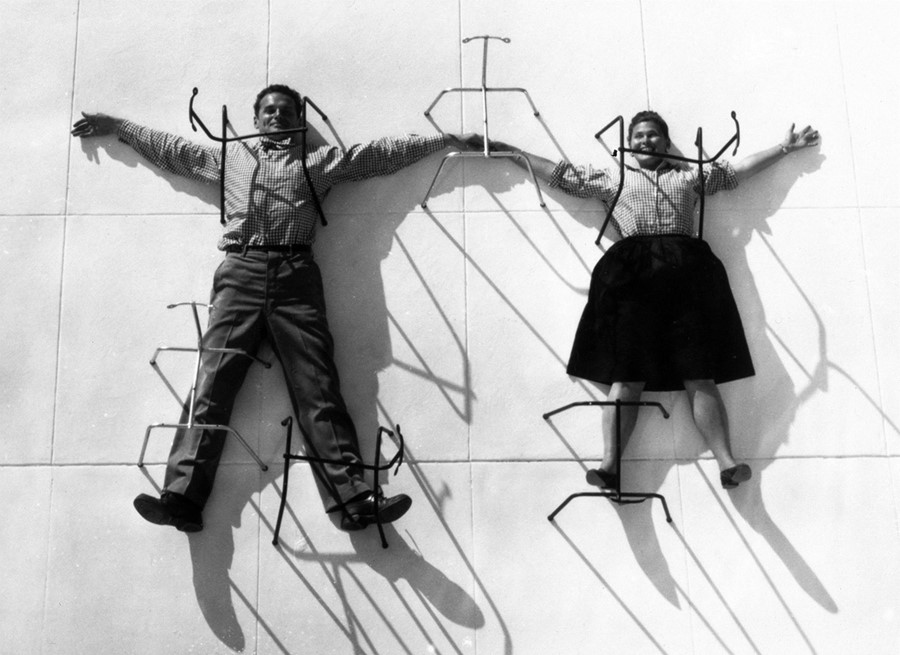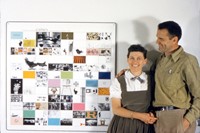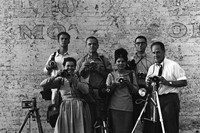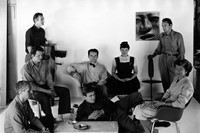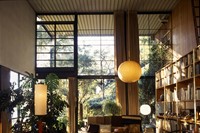As a major retrospective of the lauded designers' work opens at the Barbican, we reveal ten little-known facts about their life and creative practice
The creativity of American designers Charles and Ray Eames knew no bounds. Over the course of four decades the husband and wife made a groundbreaking impact on modern architecture, furniture design, industrial design and manufacturing, and the photographic arts. They also applied their incredible minds to the devising of puzzles, toys, exhibitions, magazine covers and more. Now a new exhibition at the Barbican Centre, titled The World of Charles and Ray Eames, gives an extensive overview of their diverse accomplishments and extraordinary talent in what is the first UK showing of their work in 15 years.
"Our aim was to slice through all of the different media at our disposal to examine the way in which the Eameses used it to communicate the poetic, non-narrative ideas that they had been exploring – from their home and their personal collections through to some of their most brilliant expressions of technological communication," explains curator Catherine Ince, speaking at the show's opening. "Charles and Ray’s life was kind of collage culture meets garage culture and that's what this exhibition is so successful at showing," adds Eames' grandson Eames Demetrios, a member of the Eames Foundation with whom Ince worked very closely. "That thing of bringing together so many different ideas and media in such a forward-thinking way but at the same time working in your garage, figuring things out by being very hands-on." Here, in celebration of the exhibition, we present ten facts about the dynamic duo, to shed further light on their personalities and practices.
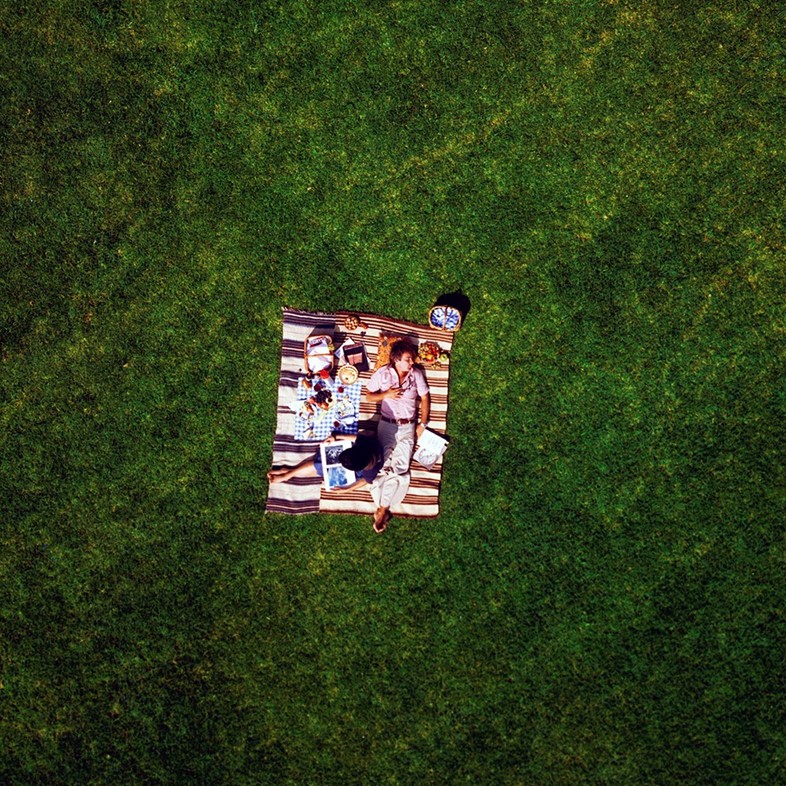
1. Charles Eames was kicked out of university
As a young man, Eames secured an architecture scholarship at Washington University in St. Louis – his hometown. However, his unfailing devotion to the practices of Frank Lloyd Wright infuriated his tutors and he was thrown out after just two years of study.
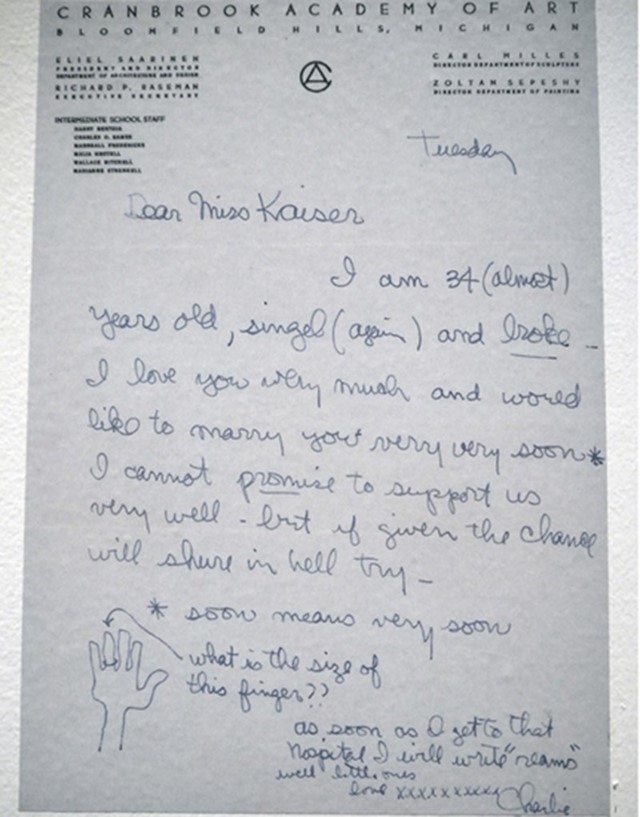
2. Charles proposed to Ray in a heartfelt letter
Ray and Charles met in 1940 at the Cranbrook Academy of Art in Michigan where Ray was studying painting, while Eames was head of the Industrial Design department. They met when Ray was called in to help prepare drawings and models for Eames and his friend Eero Saarinen's submission to a furniture design competition held by The Museum of Modern Art. The pair struck it off immediately, and by May 1941, the smitten Eames had divorced his first wife Catherine Woermann, and written the above letter, proposing to Ray in the most romantic of ways. Needless to say, she accepted, and a month later they were married. Their honeymoon was a road trip to Los Angeles – where they had planned to settle – and all along the way they collected tumbleweed, which they would later hang from the ceiling in the Eames House.
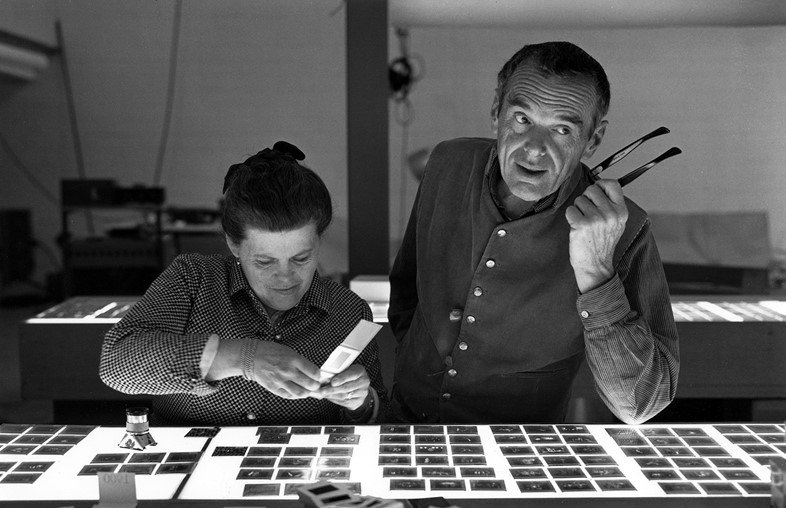
3. Their first studio was in a spare bedroom
When Charles and Ray moved into their first apartment in LA, they immediately set about converting their spare room into a workshop. It was here that they built their home-made moulding machine – nicknamed "Kazam!" – into which they fed the woods and glues that Charles snuck home from film studio MGM, where he held a day job as a set architect.
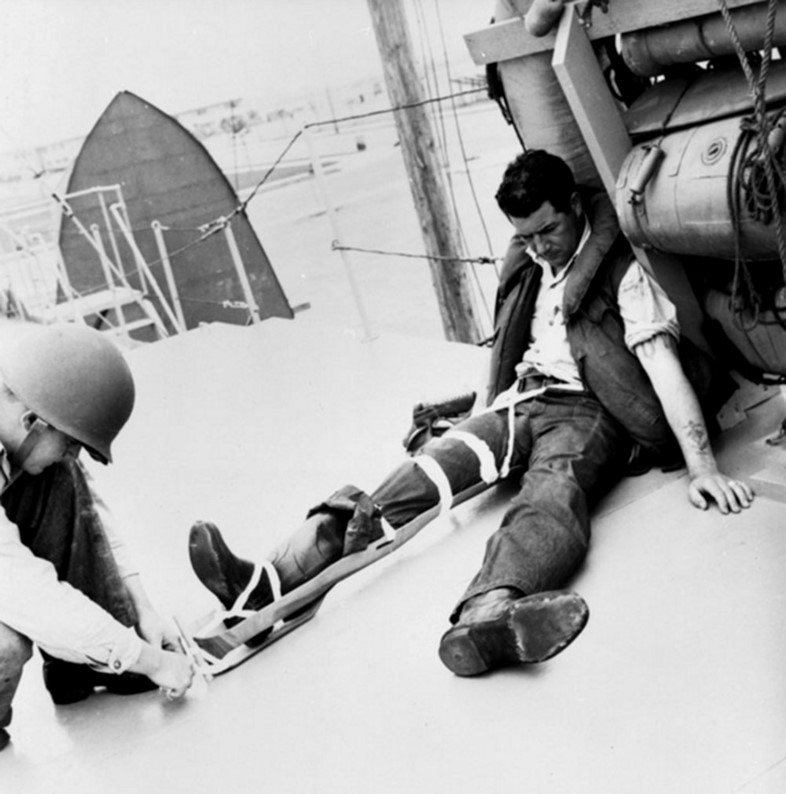
4. They designed revolutionary leg splints for soldiers
Before they applied their pioneering plywood moulding technique to furniture design, the Eameses used it to develop emergency transport splints for injured World War Two soldiers (as well as stretchers and experimental glider shells). The highly functional device was light and cheap to mass manufacture and, being modular, could be conveniently and inexpensively transported. As a result, thousands of the innovative, biomorphic designs were produced and shipped to the war zone, and today they are frequently collected and displayed as artworks.
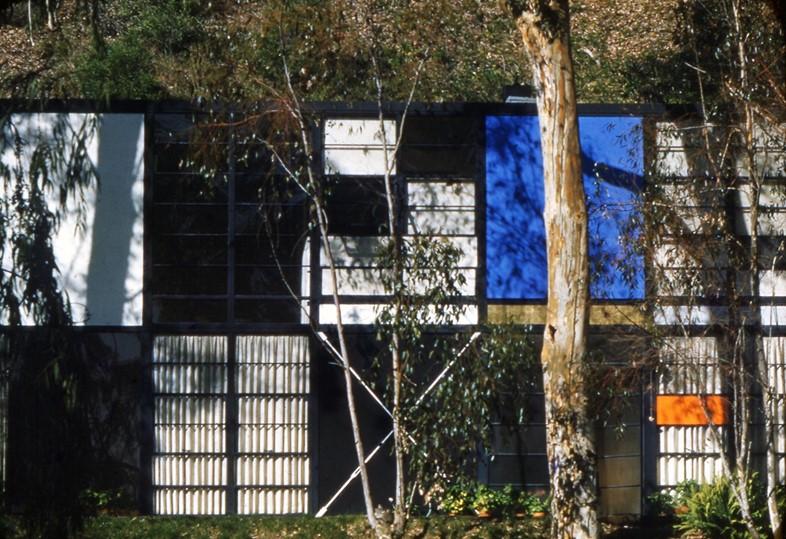
5. Their house embodied their life and work
Described by design historian Pat Kirkham as "a Mondrian-style composition in a Los Angeles meadow," the Eames' celebrated home, the Eames House, was built in 1947 as part of a case study of 25 homes built and furnished using materials and techniques derived from experiences from WWII. The remarkably light and simple design was specifically tailored to cater for the Eames' everyday requirements; both home and studio, it was intended as 'a background to a life in work' and indeed, the couple lived there their entire lives. Eames said of the design process, "It's like a game building something out of found objects, which is the nicest kind of exercise you can do." This innovative, hands-on approach defined the duo's radical design ethos, which they applied to all their work.
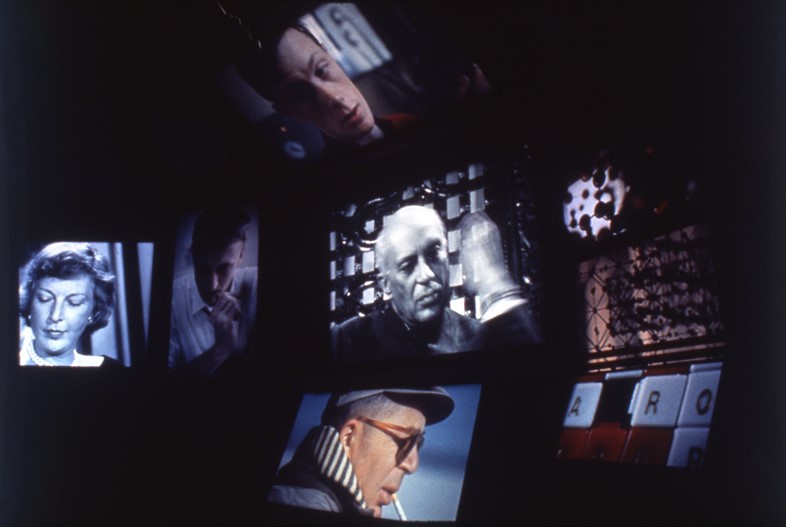
6. They pre-empted immersive cinema
The Eameses were busy creating dazzling immersive cinema experiences long before their time. In 1959, for example, they were commissioned to create a feel-good propaganda film about American life to be shown in Russia. Titled Glimpses of the USA, the movie was designed to be shown on seven screens, each displaying quick-cut images of American domesticity. Another film House of Science (1962) comprised a curved oval screen as the backdrop to multiple, saturated projections and pictures, carefully choreographed with a focus on rhythm, perspective and speed. As scholar Beatriz Colomina once commented, “The Eames’ innovative technique did not simply present the audience with a new way of seeing things. Rather, it gave form to a new mode of perception that was already in everybody’s mind."
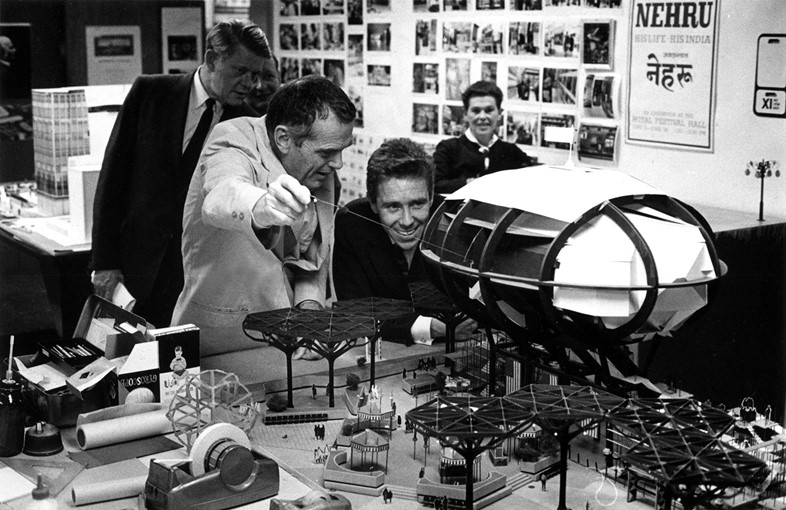
7. They saw innovation as a "last resort"
Although many would argue that Charles Eames was himself a by-word for innovation, Eames always claimed that designers should "innovate as last resort." Adding, "More horrors are done in the name of innovation than any other." This was a principal he strictly adhered to and was embodied by his and Ray's decision to turn down the huge commercial contract offered to them by Budweiser to redesign their logo – although the couple mused on the proposal for months, Charles finally declined stating that he didn't feel there was a good enough reason to change the existing design.
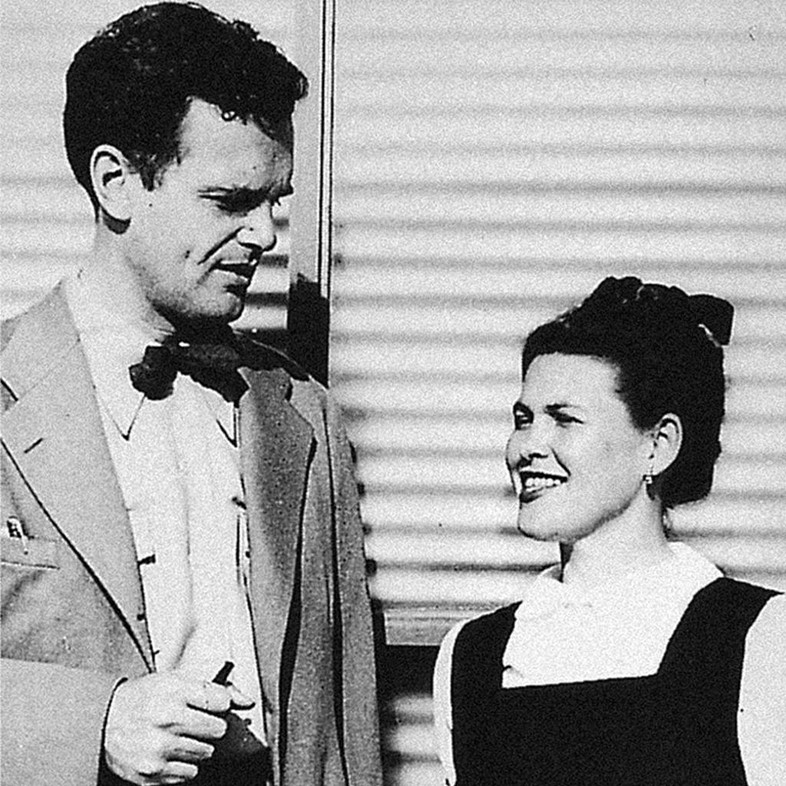
8. They didn't do "formal"
As with their house, Charles and Ray always dressed practically but in a way that reflected their character and good taste. Charles donned neutral-toned, open-necked shirts and loose trousers, while Ray sported short-sleeved blouses and full skirts with bohemian flair. Film director Billy Wilder, a close friend of the duo, remarked that Ray's concept of formal dress was to put on a clean blouse and Charles' take on black tie was literally to wear a black tie.
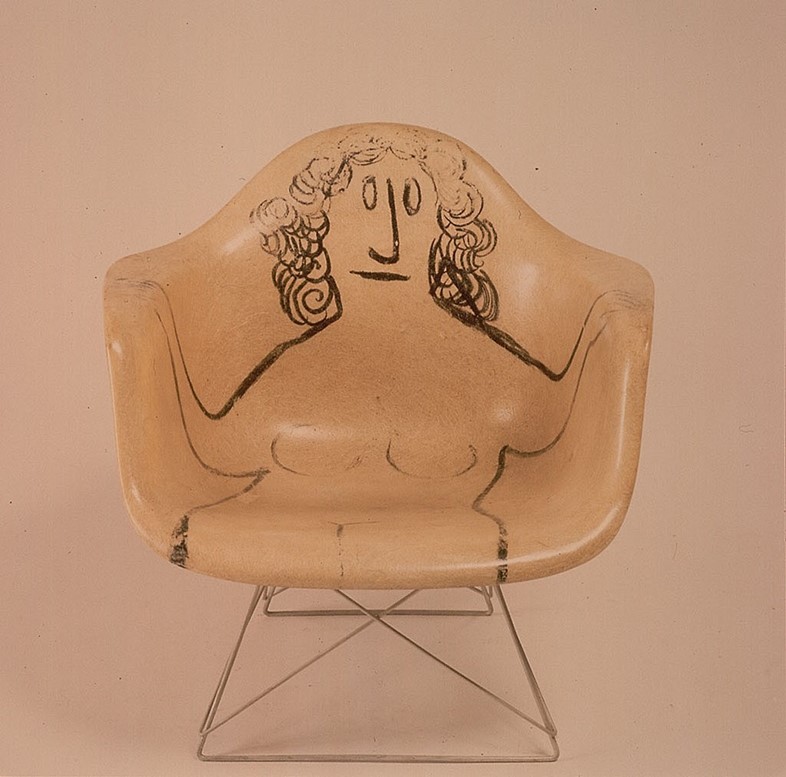
9. They were great collaborators
The Eameses were always open to collaboration, most famously exemplified by their plethora of iconic designs for Herman Miller and Vitra. They also struck up a long-lasting relationship with IBM, for whom they made films and designed exhibitions. But one of our most favourite of their collaborations was an impromptu one. The couple were great friends with illustrator Saul Steinberg and his wife Hadde Sterne, and one day in 1950, the artist paid a visit to the Eames' studio 901 and set about spontaneously doodling. He drew on several chairs and even the walls in his distinctive linear style. The Eameses cherished these playfully embodied objects and later included them in staged photo shoots of their work.
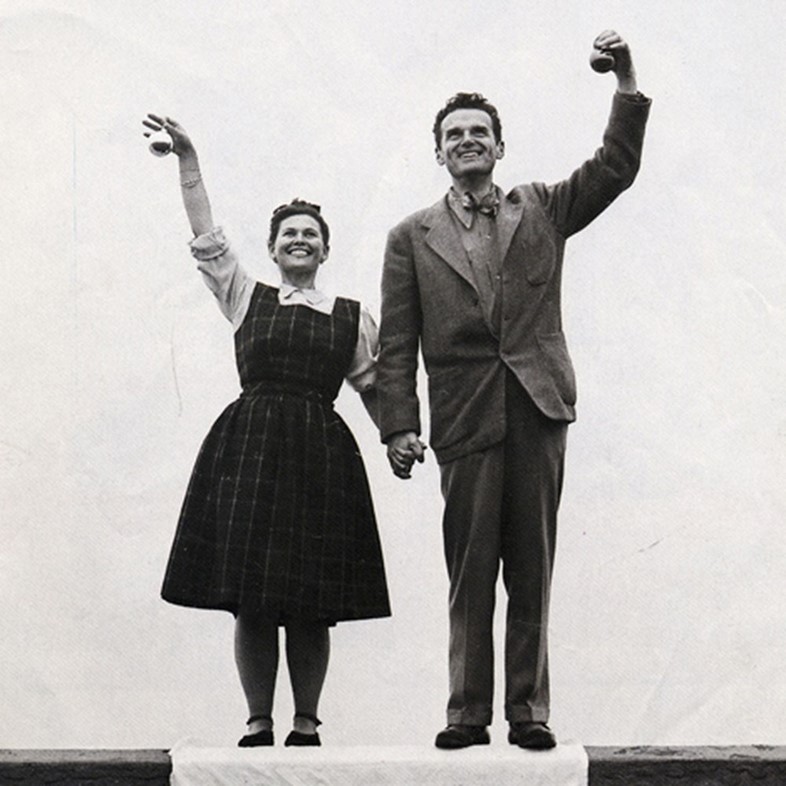
10. They died ten years apart – to the day
Charles and Ray continued to produce work prolifically right up until Charles' death in 1978. After that, Ray completed all the projects they had started together before hanging up her design hat and devoting her life to communicating the couple's theories and practices via talks and writing. Rather spine-tinglingly, she died of cancer on 21 August 1988, the ten-year anniversary of her beloved husband's death. One of Charles Eames' favourite quotes was "at all times love and discipline have led to a beautiful environment and a good life" – a fitting description of the Eames' philosophies and the results they yielded.
